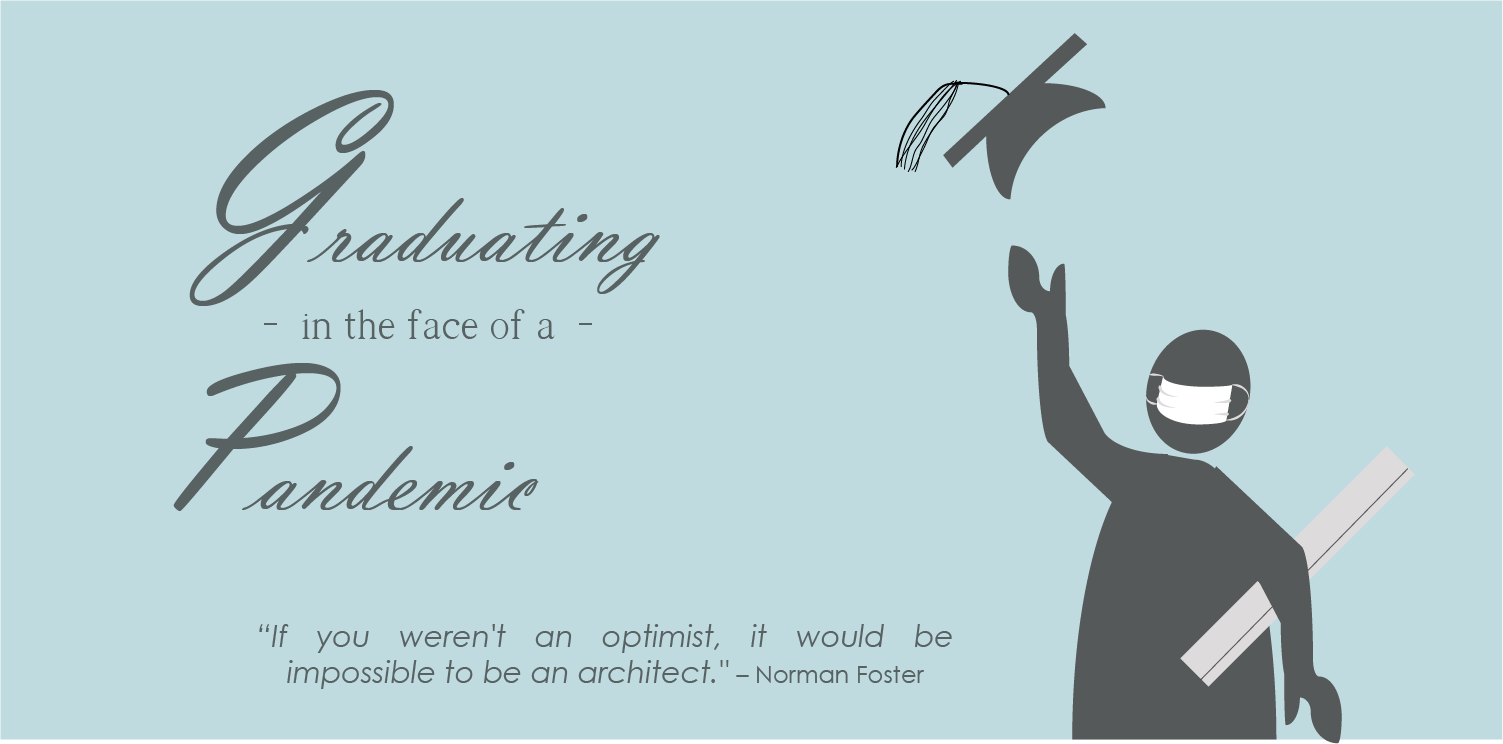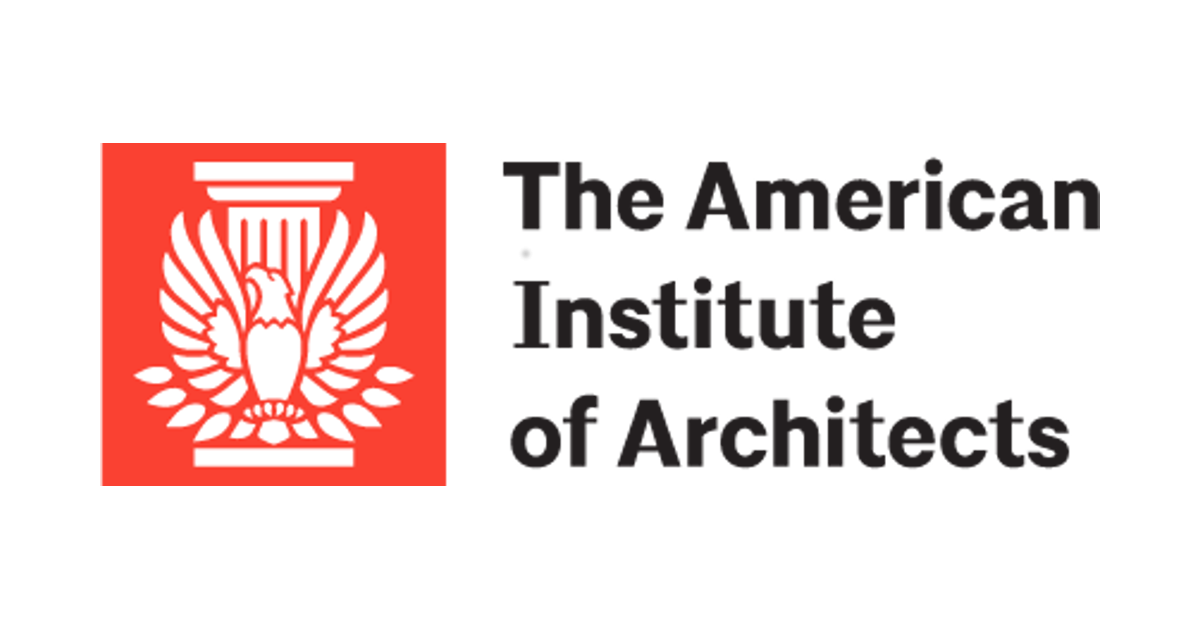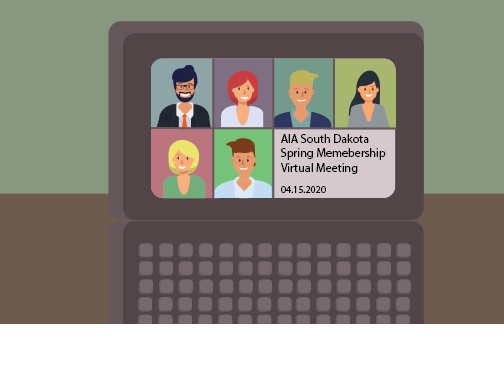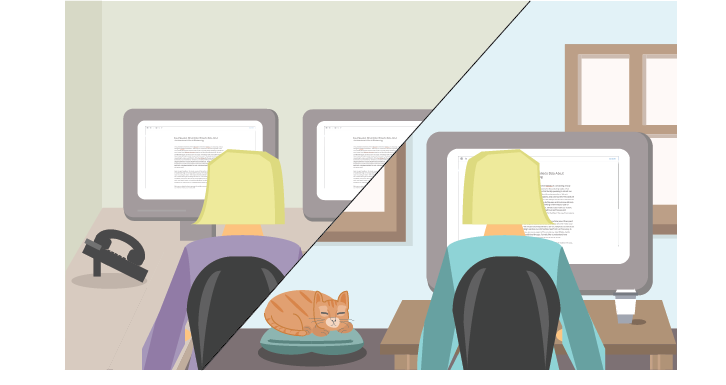Happy Labor Day! I associate many things with this holiday; the transition from summer to fall, school in full swing, a long weekend, great sales, and can’t wear white until Easter to name a few. I don’t think I’m alone in forgetting to pause and recognize the significance of the history of the holiday. I …
Independence Day Thoughts on Architecture
As the Fourth of July approaches, I challenge you to reflect on our nation’s history. The good, the bad, and the ugly. Acknowledge the triumphs and shortcomings of our nation. Remember how we the people have and can continue to learn and grow. Pause and appreciate those that came before (in all their imperfection) who fought to preserve our inalienable rights. We are blessed and we will overcome the challenges. We are a resilient nation of people who hold different backgrounds and beliefs; however, we are united by our shared value of life, liberty, and the pursuit of happiness. Let freedom ring and continue to pursue equality!
Graduating in the face of a Pandemic
On Friday, May 8th at 5:30 pm, I joined 80+ friends, family, faculty, area professionals, and graduates for SDSU DoArch’s 2020 Graduation Ceremony via zoom. There was an informal sense as Brian Rex, Department Head and Associate Professor, pointed out a few people reclining as they watched.
AIA Publishes K-12 Architecture Resources
The AIA National has added a new feature to their website. The organization reviews K-12 architecture resources and activities and posts them on their website. There are activities, videos, interactive programs, and career information. My favorite is #askanarchitect that directs you to youtube and features several interviews.
Resiliency Revisted: AIA Spring Membership Meeting & SDSU AIAS Contribution
The last AIA Convention’s theme was rural resiliency. At that time, we didn’t know the challenges we have faced the last month or so. I keep coming back to the idea though. I have hope that our state will bounce back. Midwesterners are known for their toughness and ability to weather the storms: their resiliency. This year’s spring meeting was evidence of that attitude. The plan was to hold the meeting in Brookings hosted by SDSU’s chapter of AIAS. The students had put time and thought into an informative agenda. Social distancing changed plans.
Input Needed : SD Architect Collects Data About Architecture & Social Distancing
A South Dakota architect in Yankton, Sarah Mannes Homstad is conducting a study during the COVID-19 pandemic. The study is in response to the evolving needs of our communities and questions about what it means, architecturally-speaking, to inhabit our world today. Mannes Homstad asked herself the following questions: What is changing about the way we …
Continue reading “Input Needed : SD Architect Collects Data About Architecture & Social Distancing”
The Future of the Workplace: Life After COVID-19
While the silver lining in no way relieves the pain and suffering of those directly and indirectly affected by this global pandemic, it does pose some questions of what this means for the 9-5 desk jobs. Will we see another paradigm shift in office designs? Will home buyers evaluate prospective homes based on the office or den? Will South Dakota see a return to rural lifestyles as living in the city is no longer a requirement to stay connected? The future holds many unknowns, but if anything is certain, it is that life will go on. We will pick up the pieces and learn from the events that necessitated a sudden separation.
Shape Your Future: Be Part of the 2020 Census
Civilizations have used Census to count population dating back to the Roman Empire. The Christmas Nativity story would be much different without the Census. Accurate data collected from the Census is used by designers, developers, and planners to determine where the best places to locate projects. GIS data like the tapestry map and other demographic information is helpful when evaluating whether or not a location is ideal. Census information can even be used when applying for funding.
Pop Quiz! Things Architects are Required to Know
There are codes that architects are required to know and be familiar with. Both building related and codified law regarding the practice of architecture. Additionally, there are standards i.e. ADA/Accessibility that designers use. Take the quiz below to see how much you know!
State Arts Conference: Fresh ideas, learning, networking and excitement
If you make art, support the arts and want to gather with people like you—the State Arts Conference in Rapid City May 14-16 is the place to be. This year’s conference celebrates the world-class artists of South Dakota, our state’s unique cultural heritage and our incredibly diverse and vibrant arts network—so mark your calendar and plan to join in the excitement!









